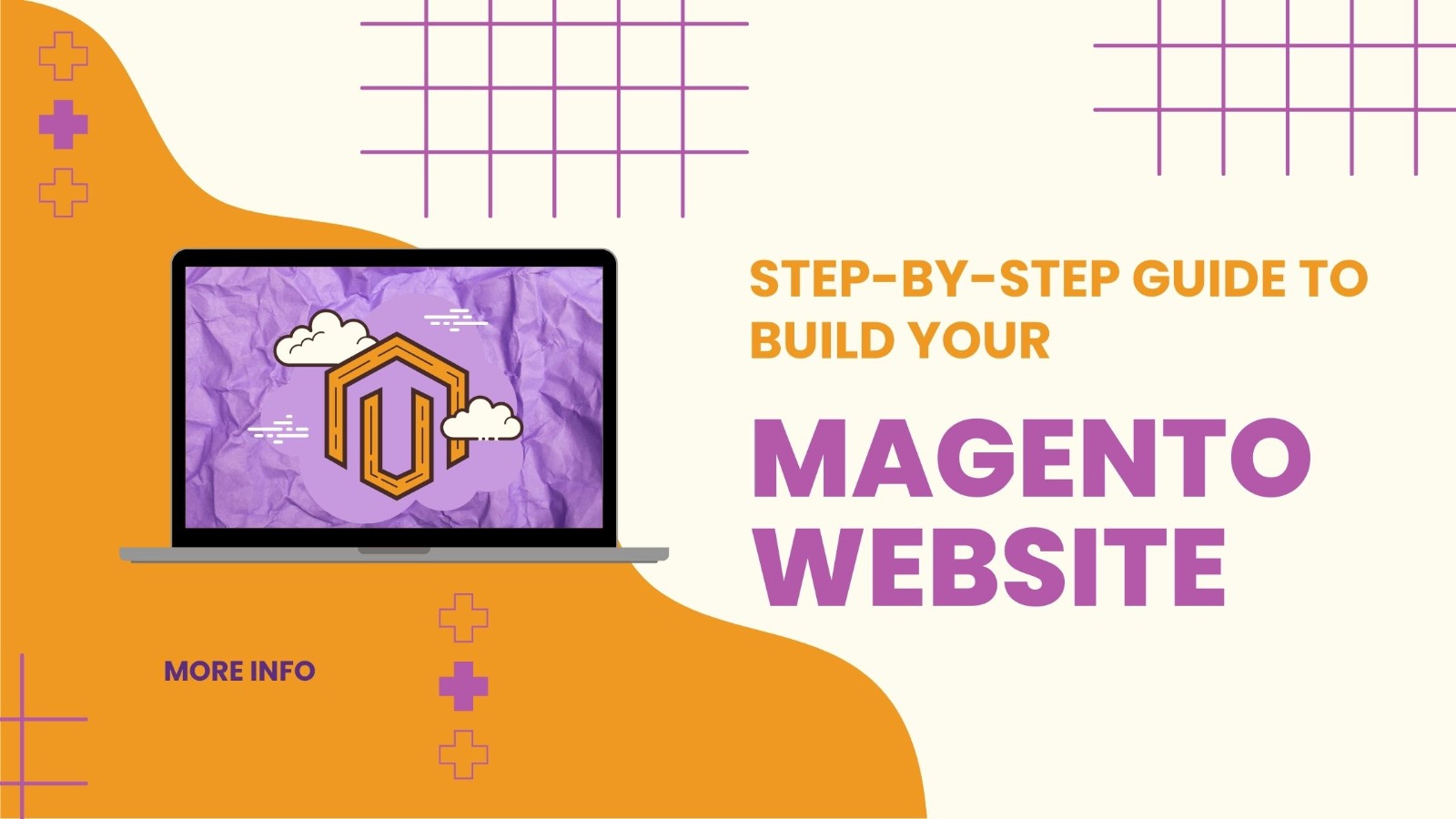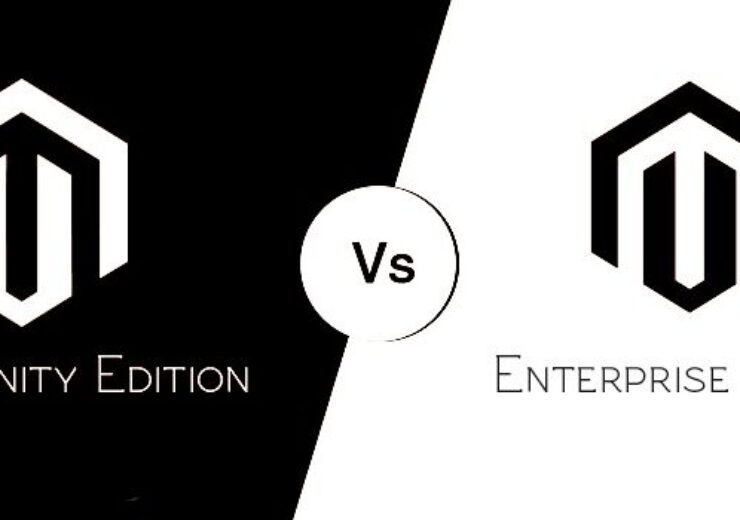Build a Magento Website: 7-Step Guide

Unquestionably, one of the most recognized and reputable eCommerce platforms in the world is Magento. Nike, Ford, Samsung, and Nestle are just a few of the well-known companies that firmly choose the Magento development services in USA. This choice is understandable given that Magento, an open-source, highly customizable, and natively multilingual platform, gives them the freedom to create effective online stores that can be completely customized and managed to their preferences.
Building a Magento website: 7 Steps
Step 1: Choosing Your Magento Theme
More than merely pre-designed user interfaces are available with modern Magento themes. The best Magento template vendors, including reputable Magento ecommerce development services in the USA, offer premium themes with outstanding user experiences. When choosing an optimal Magento theme for your Magento Ecommerce business, consider the following essential characteristics, such as responsiveness, customization options, SEO-friendliness, and seamless integration with various extensions. By this you can ensure that your online store delivers a visually appealing and feature-rich experience to your customers, ultimately driving better sales and customer satisfaction.
Completely responsive design
Cross-browser friendly
Layouts already created for the store, gallery, and home pages
Options for improved navigation, such as Layered Navigation and MegaMenus
effects of the Parallax slider and today
support for RTL (if necessary)
functioning of blogs
It’s critical when choosing a Magento theme to not skimp on these features. Additionally, a growing number of Magento themes now use AMP (Accelerated Mobile Pages), a ground-breaking technology that guarantees quick loading times on mobile devices. It is highly recommended that you take advantage of AMP-enabled designs if you come across them because they can greatly increase mobile conversions.
Step 2: Prepare for Installation
It is critical to ascertain whether a theme has any unique hosting or software needs before purchase. Having a trustworthy hosting plan with the most recent PHP version is essential to the seamless operation of your Magento store. An American firm that develops e-commerce websites advises taking into account the hosting packages provided by the top Magento hosting providers listed below in order to help you select the best hosting option:
Hosting in Motion
Bluehost
SiteGround
HostGator
Hosting A2
Other software that could be beneficial is:
You may deal with.psd files, templates, graphics, and photos using Adobe Photoshop.
You can choose to utilize programs like Adobe Dreamweaver, Notepad++, Sublime Text, or equivalent programs. You can create your website using these programs without having to know how to code manually.
Step 3: Installing Magento and The Template
Visit Magento Tech Resources and register to get your desired version of the Magento engine to begin building your online store. After downloading the engine, upload the files to your server and build a database. Next, type the address of your future website into the address bar of your browser to be taken to the Magento Installation Assistant, where you may carry out the installation procedure.
The following will direct the primary installation steps:
Check for server readiness.
Include a database.
Configuring a website.
Make your store unique.
Make an administrator account.
Set up Magento
You’ll need to install the template in order to continue. Depending on the theme you’ve chosen, the installation procedure may change. Please refer to your theme’s documentation for specific installation instructions.
Step 4: Configure Your Store
Explore the sub-menu options under the Content area, such as Pages, Blocks, Widgets, Posts, and Comments, to alter the appearance of your store. You can leverage the expertise of Magento ecommerce development services in the USA to help you update current pages, add new material, and make changes to improve the appearance of your store using these tools.
By collaborating with experienced Magento ecommerce development services in the USA, you can also take advantage of their knowledge to alter numerous shop settings, including the header, footer, pagination display, product watermarks, and more, by choosing the Configure option from the Content menu tab. This partnership gives you more freedom and confidence to customize the visual components and functions of your store, ensuring a seamless and engaging shopping experience for your customers.
Step 5: Create New Products
You can add a product by going to Products > Catalog and choosing “Add Product.”
In the Product Details tab, enter the necessary information.
A simple approach is followed when adding products to your store by Magento development services in USA.
In the Images and Videos tab, add multimedia content.
With the use of the SEO tab’s keywords and metadata, increase discoverability.
Use the Advanced settings page to get additional choices for design, pricing, inventory, related items, custom options, and auto settings.
Step 6: Adjust other settings
The following are the tasks you must finish on the Configuration tab:
Create payment options.
Include a contact form and the company address.
Define tax laws and prices.
Publish content and configure analytics.
a website that has received SSL certification.
Use MegaMenu panels to improve navigation.
Step 7: Test and Launch
Perform a test launch, improve website performance, address code flaws, check for responsiveness of themes, and settle platform-extension problems in a staging environment before moving on to the real launch.
Conclusion
Powering a Magento store doesn’t have to be stressful because you may start with a basic configuration and look into more complex choices as needed. Ultimately, we use this incredibly flexible and scalable platform to give you the best Magento development services in USA.





